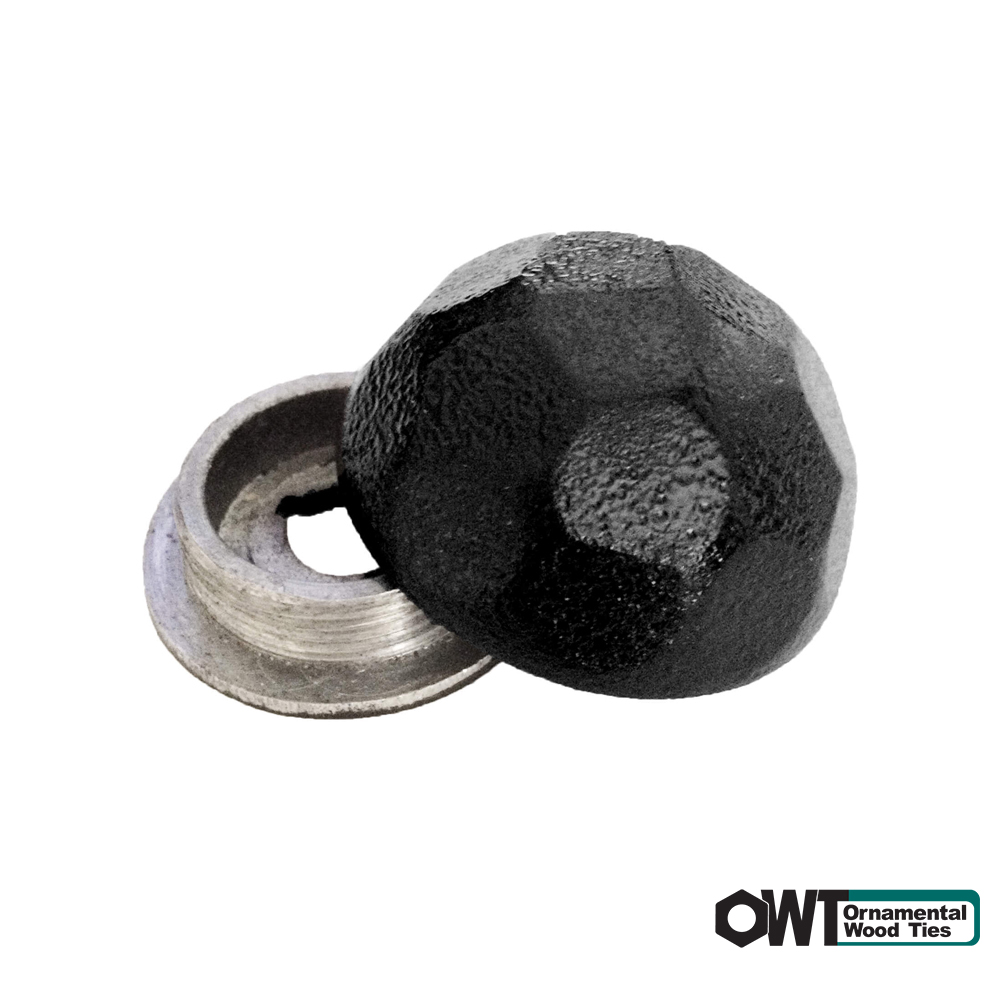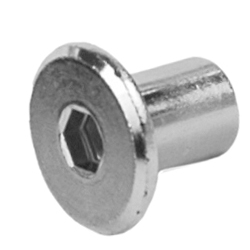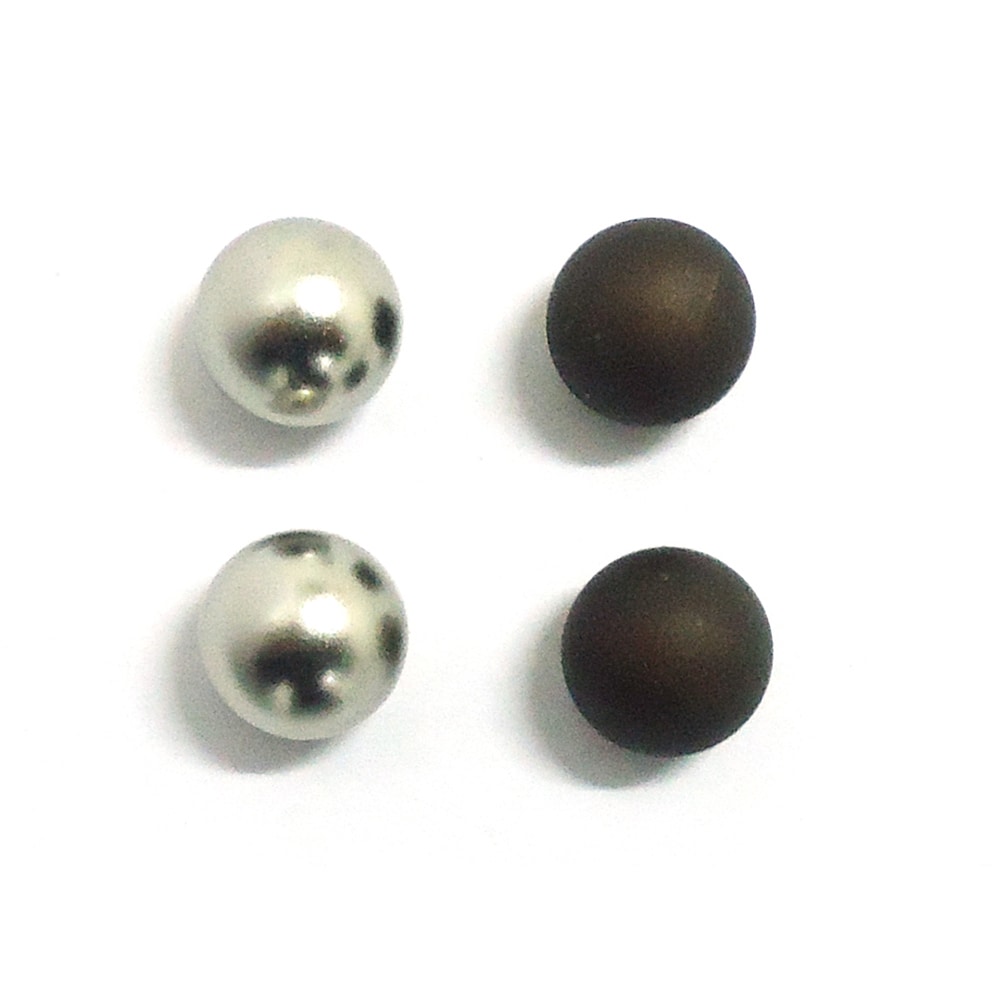When we think about hardware, our minds often gravitate toward function over form. However, decorative cap nuts bring forth a perfect blend of practicality and aesthetic appeal. As someone who has dabbled in various DIY projects over the years, I can assure you that these little pieces can significantly elevate the look of your work. In this article, we’ll dive into everything you need to know about decorative cap nuts, including their types, applications, benefits, drawbacks, and installation tips.
What are Decorative Cap Nuts?
Decorative cap nuts, also known as acorn nuts, are fasteners that are designed to cover the ends of bolts or screws. They have a rounded shape, resembling an acorn, and are primarily used for aesthetic purposes, although they also protect the threaded end from damage or corrosion. The stylish design makes them popular in furniture, automotive, and architectural applications.
History of Cap Nuts
Cap nuts have been around for many years, initially used in industrial applications. However, as design trends evolved, they found their way into the DIY and home decor markets. Their history is rooted in functionality, but they have become increasingly recognized for their decorative possibilities.
Types of Decorative Cap Nuts
Choosing the right cap nut is crucial for your project. Cap nuts vary in design, material, and finish.
1. Material Types
- Stainless Steel: Offers durability and resistance to rust and corrosion.
- Brass: Adds a warm, vintage look to projects; perfect for decorative applications.
- Plastic: Lightweight and available in a variety of colors; suitable for less demanding applications.
- Aluminum: Lightweight and great for outdoor projects due to its resistance to rust.
2. Finishes
- Polished: Shiny and reflective; ideal for a modern, upscale look.
- Matte: Non-reflective and subdued; fits well with rustic or minimalist styles.
- Powder Coated: Provides a uniform finish in various colors, adding a custom touch.

3. Sizes
Decorative cap nuts come in various sizes, typically ranging from 1/4″ to 1″ in diameter. It’s important to select the right size for your specific bolt or screw.
Applications of Decorative Cap Nuts
Decorative cap nuts can be found in various settings, from furniture making to automotive applications.

1. Furniture Design
In furniture design, decorative cap nuts are often used to conceal bolt heads and provide a polished look to tables, chairs, and cabinets.
2. Automotive Uses
In automobiles, they not only serve a structural purpose but also add a refined look to exterior components.

3. Architectural Features
Cap nuts are also used in architectural elements, such as railings, where they provide a finished look to exposed bolt assemblies.
Pros and Cons of Decorative Cap Nuts
| Pros | Cons |
|---|---|
| Enhances aesthetic appeal | May be more expensive than standard nuts |
| Protects threaded ends from damage | Limited load-bearing applications |
| Available in various materials and finishes | Installation can be more complex |

Personal Experience: Using Decorative Cap Nuts in My Projects
One of my most successful DIY projects involved building a custom coffee table. In my quest for a modern yet rustic look, I decided to use decorative cap nuts for the bolts that held the table together. The result was striking! The cap nuts not only hid the unsightly bolt ends but also added a touch of elegance. I was amazed at how a small detail could transform the overall look of my furniture.
Installation Tips for Decorative Cap Nuts
Installing decorative cap nuts is relatively straightforward, but a few tips can help ensure you get it right.

1. Select the Right Size
Ensure that the size of the cap nut matches the size of the bolt. A cap nut that is too small will not fit, while one that is too large will not cover the bolt adequately.
2. Clean the Surface
Before installation, clean the threaded end of the bolt to ensure a smooth surface for the cap nut.

3. Hand Tightening
When installing, start by hand-tightening the cap nut. This prevents cross-threading and allows for better control.
4. Utilize a Tool for Final Tightening
Once hand-tightened, use an appropriate tool (like a socket wrench) for final tightening. Be careful not to overtighten, as this can damage the nut.

Where to Buy Decorative Cap Nuts
Decorative cap nuts can be found in various places, including:
- Local hardware stores
- Home improvement centers
- Online retailers like Amazon or specialty hardware websites
Comparing Popular Brands
| Brand | Material | Price Range | Availability |
|---|---|---|---|
| Hillman | Stainless Steel | $$ | Widespread |
| Fastenal | Brass | $$$ | Widespread |
| McMaster-Carr | Plastic | $ | Online Only |
FAQs about Decorative Cap Nuts
1. Can decorative cap nuts be used outdoors?
Yes, but make sure to choose materials like stainless steel or aluminum that are resistant to corrosion.
2. Are decorative cap nuts reusable?
Yes, as long as they are not damaged during removal. Proper handling ensures they can be reused.
3. What tools do I need for installation?
Typically, you will need a wrench or socket set, and sometimes pliers for extra grip.
4. Are there different standards for decorative cap nuts?
Yes, there are various standards based on the material and size. It’s important to check compatibility with your bolts.
Conclusion
In summary, decorative cap nuts are a great way to combine functionality and style in your projects. With various materials, finishes, and applications available, you can easily find the perfect cap nuts to enhance your designs. Whether you’re a seasoned DIYer or just starting out, don’t underestimate the power of these small but mighty fasteners. They truly can make a difference!